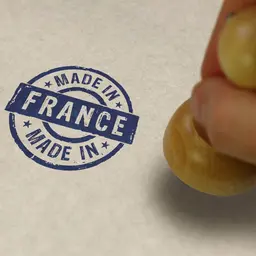
Today’s cosmetics industry prides itself on regularly creating new concepts or inventing new positioning. Nowadays, it is common to find, in the so-called indies-brands, concepts that appeal above all to creativity. It would be wrong to believe that these practices are new and only concern the start-ups of the moment. “The old cosmetics’ was not outdone. The analysis of sometimes very old practices is a very attractive source of inspiration, even if they are less ‘poetic’ than some we see today. Today, I propose you to discover, or rediscover, gemmo-cosmetics, from its different angles, from buds to precious stones, different ideas but all bearing the same name. As well as the history of what some have called the plant placenta.
Gemmology has given rise to several ideas that have been exploited in the world of beauty, sometimes successfully, sometimes in a more confidential way. But they are based on concrete elements.
Lithocosmetics
Almost all cultures believed that stones could possess magic by giving precious powers. This is where lithotherapy originated. Derived from the contraction of “lithos” for stone, and “therapeia” for healing, this approach is based on the idea of treating health problems by using the properties of stones.
By extension, this practice has given rise to a new positioning which is described as Lithocosmetics. It is the properties of oligotherapy that have mainly led to the use of gemstone extracts in the world of cosmetics. Indeed, precious stones contain significant quantities of trace elements of interest to the skin. The relationship between several biochemical mechanisms involved in skin physiology and trace elements is well known. There are many uses of this concept throughout the world.
Gemmotherapy
Gemmotherapy is a branch of phytotherapy that uses plant embryonic tissue, and more specifically buds. “Gem” is the origin of the word “gem”, which defines the top part of the embryo of a seed: the germ.
It has been known since the dawn …













